There are a few homestead chicken coop tips to be aware of - especially if this is your first time raising chickens.
Chickens are one of the most popular live animals to raise on any homestead. Just as a cow can provide beef and milk, a chicken has a duel purpose, too.
They provide both eggs and meat - not to mention additional income if you sell the eggs or meat.
Another way to create income from raising chickens is to learn how to hatch the fertilized eggs and then sell the young chicks.
Build It Or Buy It
You can build your own chicken coop from scratch or purchase one as a do-it-yourself assembly kit at your local farm store or from an online source.
Some local farm stores might have them already put together for you or be willing to assemble them - however it is not hard to build your own from a kit.
You can build a portable chicken coop - or even a chicken tractor - or a permanent one.
You might want a portable small one to use in the event that you have to bug out and set up camp somewhere - or to use as a chicken tractor and a permanent structure for your homestead.
Personally I like the idea of having both.
The permanent structure is secure and warm in the winter.
With a portable chicken tractor you can put chickens in areas - such as under fruit trees or in your garden or even along pathways to clear tall grass, eat bugs, remove weeds or clean up fruit or vegetables that have gone bad.
This is a great way to utilize a chicken's natural ability to help you on your homestead and a way to save on your feed bill too.
Some chicken coops double as rabbit hutches, if you plan to raise both rabbits and chickens for food sources.
But make sure you keep them in separate buildings even if they are right next to one another.
Chickens and rabbits do not co-habitat well together and in the end the rabbits die even if they are kept in a cage inside the chicken coop - so use separate buildings.
In fact, rabbits do much better if kept indoors say in a mud room where they can enjoy social interaction with us.
Male rabbits that are not fixed will spray your walls however so do be aware of that.
What You Need To Know Before Deciding On A Chicken Coop
If you are planning to build a chicken coop in your backyard, you need to be aware of the basic chicken coop requirements.
These requirements are the same whether you live in the city and building a small coop to hold 6 hens or live in the country and want the coop to keep them safe but plan to have free roaming chickens.
By meeting these basic requirements, you will be protecting your chickens and giving them sufficient space to roam.
Chicken Coop Size
The first consideration is what size your chicken coop needs to be.
Remember the size depends on how many chickens you will keep in it.
You don't want it to be big or too small.
On average, you should have about four square feet per chicken on the inside of the coop to allow them enough space for roaming during the day.
However, if they won't be free roaming birds and spend most of their time in the coop, aim for 10 square feet per hen.
You also need sufficient space for the water and feeder, aside from the proper square feet for your chickens to walk around in the coop.
Be Aware Of Predators
You have to make sure that your chickens are well protected. Predators will attack and chickens - especially at night - are pretty well defenseless.
This means it is up to us - their owners - to make sure they are safe.
Imagine waking up one day to discover that a predator has gotten into your chicken coop and devoured all of your chickens.
Once a predator finds out where your chicken coop is, they will try to get in.
That is only natural.
Some ways we deter predators is to have a light both inside and outside the chicken coop door that is on a timer.
This way if we are late getting the chickens closed up at night they can still see.
We also padlock the door at night and put metal grates on the windows because we found some raccoons pushing on the glass one morning.
We set heavy wood on the inside of the chicken coop around the outer edges to help prevent predators from pushing the wood up and coming through the floor.
Some people line their floor with hardware cloth or even attach it to the perimeter of the chicken coop.
A regular inspection of the chicken coop floor is necessary to make sure there are no predators are starting to gain access.
You want to build it slightly elevated off the ground and slanted to protect your chickens from snakes and other predators.
Panel some of the walls so that they can not gain access to your chickens.
Make sure there are no openings, holes or gaps large enough for small predators or rodents to get in.
Be sure to add some insulation in between the wall panels especially if you live in a cold climate.
The outside of our large chicken coop is covered in corrugated metal.
This seems to be effective as a deterrent.
I have never seen a predator climbing around on the coop although I have seen them on the ground around it.
You can get or build a chicken coop with more than one level.
Finally keep in mind that chickens need a good amount of air circulation, so make sure that is a prominent factor in your design.
There are a number of chicken coop plans available if you want to build one yourself.
Before you buy one that is pre-made, be sure to read the reviews from consumers and consider how many chickens it will hold.
You do not want to overcrowd your chicken coop. Many of the chicken coops you can buy are made of fir wood.
You want the design to be sturdy and roomy, and the house to be formidable to keep out predators.
It should withstand weather easily.
Some of the pre-made designs do not do a good job of protecting your chickens.
A simple latch can be flipped by a savvy opossum or other predator, so you may have to make alterations to ensure the safety of your flock.
Another downside of these houses is some predators can dig a hole to get inside of them or get their hands in just far enough to kill the chicken.
We had this happen.
We ended up moving the smaller coop inside the larger coop for safety.
One option is to line the outer edges with landscape timbers or brick.
Another possible alteration is to swap out the latch for one that allows a padlock to be used.
Make Sure It's Easy To Clean
One of the basic chicken coop requirements is having a coop that is easy to clean.
Raising chickens is a lot of work so don't add to it by making the task of cleaning the coop more difficult.
A chicken coop should have a roosting bar and a nesting box inside.
Make cleaning easier by using a removable pan that you can take out, wash, spray down and put back in.
The messiest part of our chicken coop is the floor.
Ideally you need to remove the bedding from the floor area every two weeks in the summer.
For those in cold climates, allow it to build up during the winter to help heat the chicken coop, then do a deep cleaning come spring.
Typically I do the last major cleaning of the chicken coop in mid-September and do not clean it again until mid-March or early April.
There are products available that help keep the ammonia down.
The nest boxes stay pretty clean.
Some people use newspaper, straw or other natural material in their chickens nesting boxes to help keep them clean.
I personally use pine shavings in my nest boxes then I add herbs such as lavender, chamomile and other calming herbs to the top of the pine bedding.
This helps to help calm the hens and deodorize the coop.
The chicken coop waste is great for the compost pile - and some have enough of it they can package and sell it to others who do not raise chickens.
Chicken feathers are another potential profitable crop.
Clean and sell them or use them in crafts.
Keep Your Chickens Warm
Your hens should also be kept warm while in the coop, but not get too hot either.
Make sure there is sufficient space for fresh air to flow through the coop.
If you have roosting bars in the coop, they are going to keep warmer than without them.
The roosting bars should be two inches wide and have rounded edges, with at least five inches of space on the bars for each chicken in the coop.
Also, make sure there is not too much wind getting into the coop especially during the winter as this causes the hens to become too cold.
Allowing Your Chickens To Free-Range
You might want to allow your chickens the opportunity to roam on the flat land.
You can do this and use solar powered electric charges on the fence to deter predators from trying to attack.
A fake owl can also serve as a sort of scarecrow to keep hawks away.
Plant trees and shrubs if your chickens have a large area to roam in.
This gives them shade and a place to hide from predators.
Large trees also prevent larger birds from swooping down and carrying off your chickens.
Most homesteaders allow their chickens to free range outdoors.
Use solar powered electric chargers on the fence to deter predators from trying to attack.
A fake owl can also serve as a sort of scarecrow to keep hawks away.
Make sure there is lighting for night time - solar lights work great especially if they are motion detected.
Occasionally a predator does attack during the day but for the most part we have found waiting until 8 or 9am to let our chickens out and putting them up around 5 or 6pm in the evening has deterred most predators.
Do you have questions?
I invite you to leave your comments below.
All About Chicken Coops
My Experience With A Chicken Coop From A Box
A pre-made chicken coop from a box is an easy way to setup a first time chicken coop, but it needs to be made secure to keep your chickens safe.
Chicken Coop Design - 9 Important Features
From Better Hens And Gardens Of Bramblestone Farm


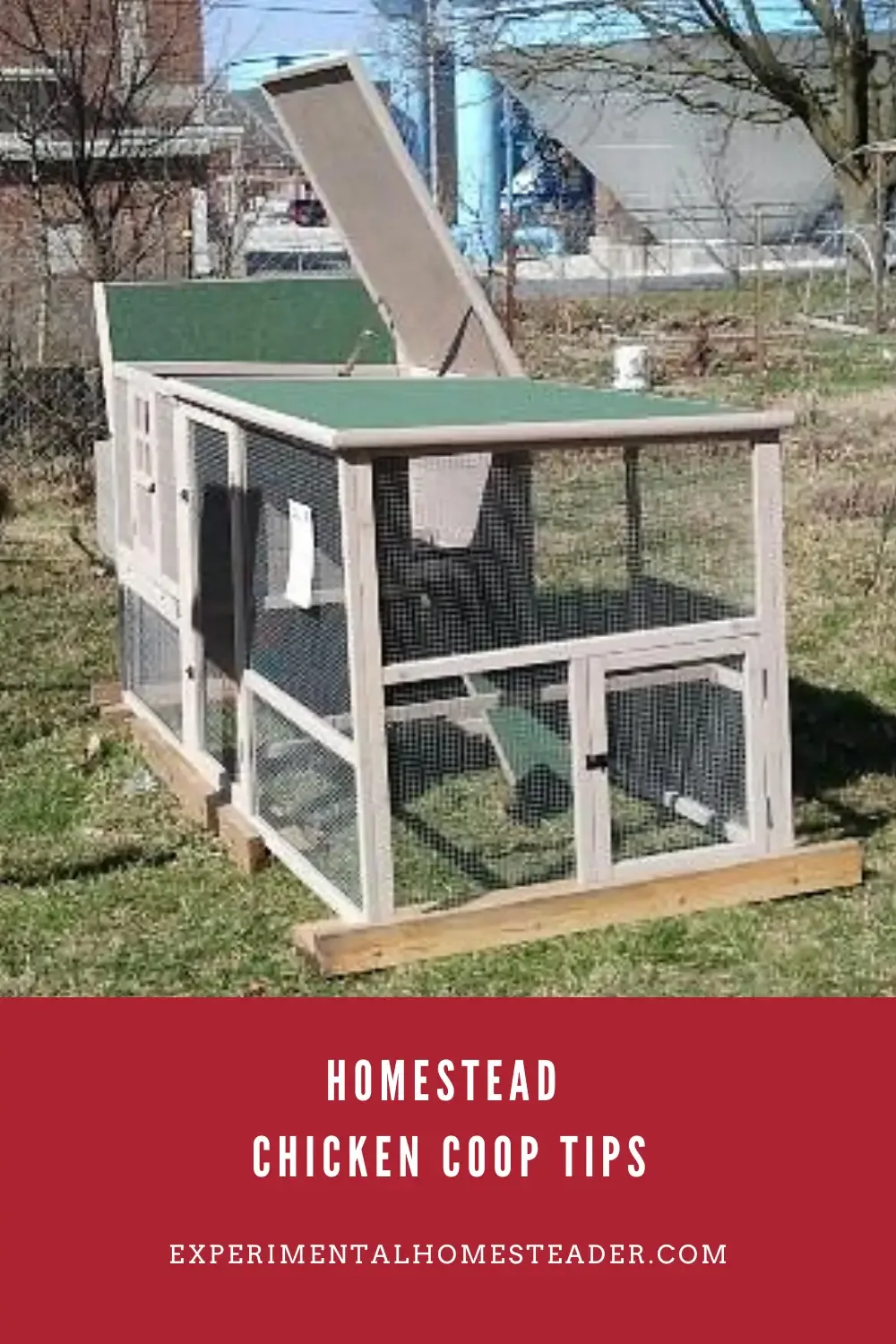

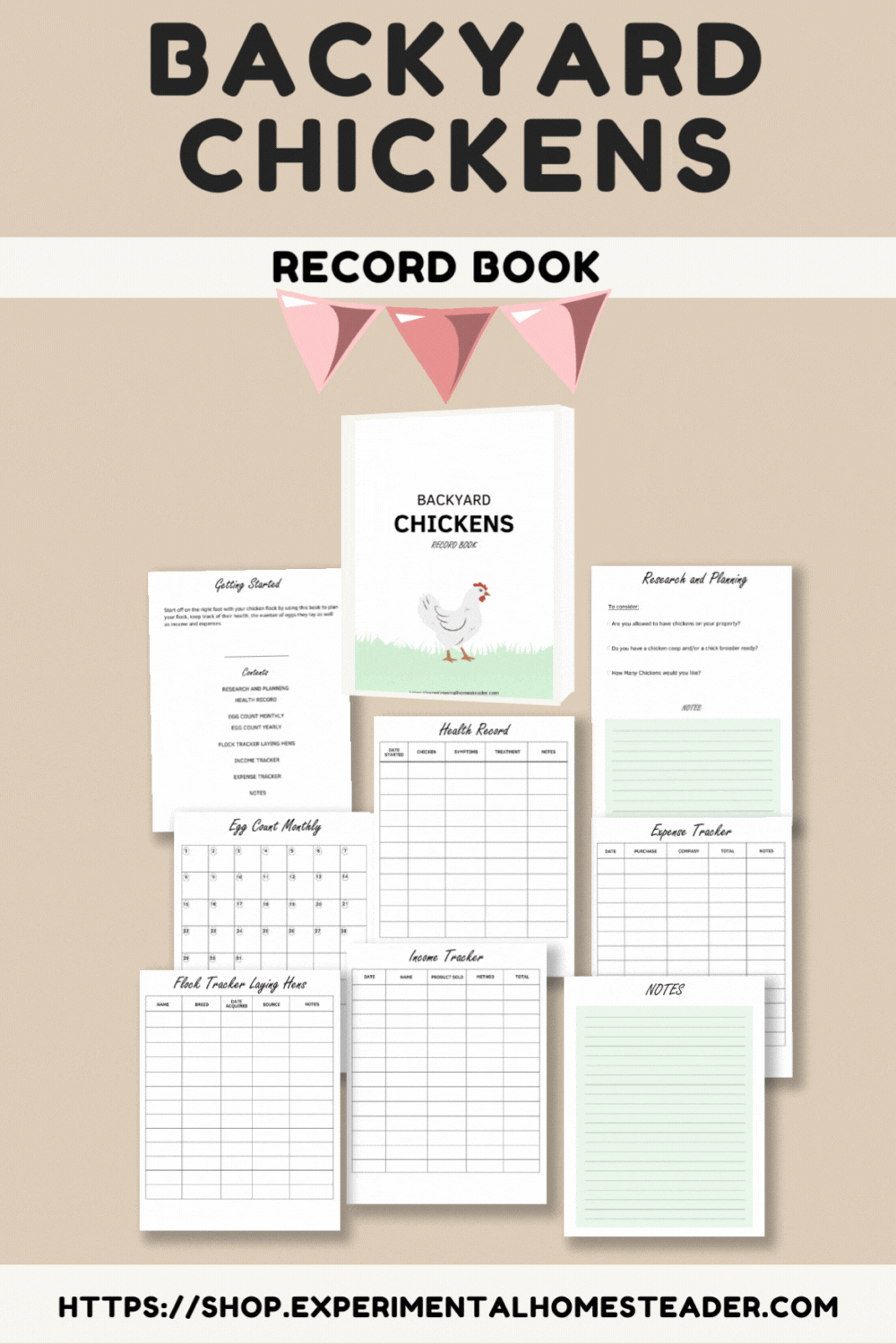
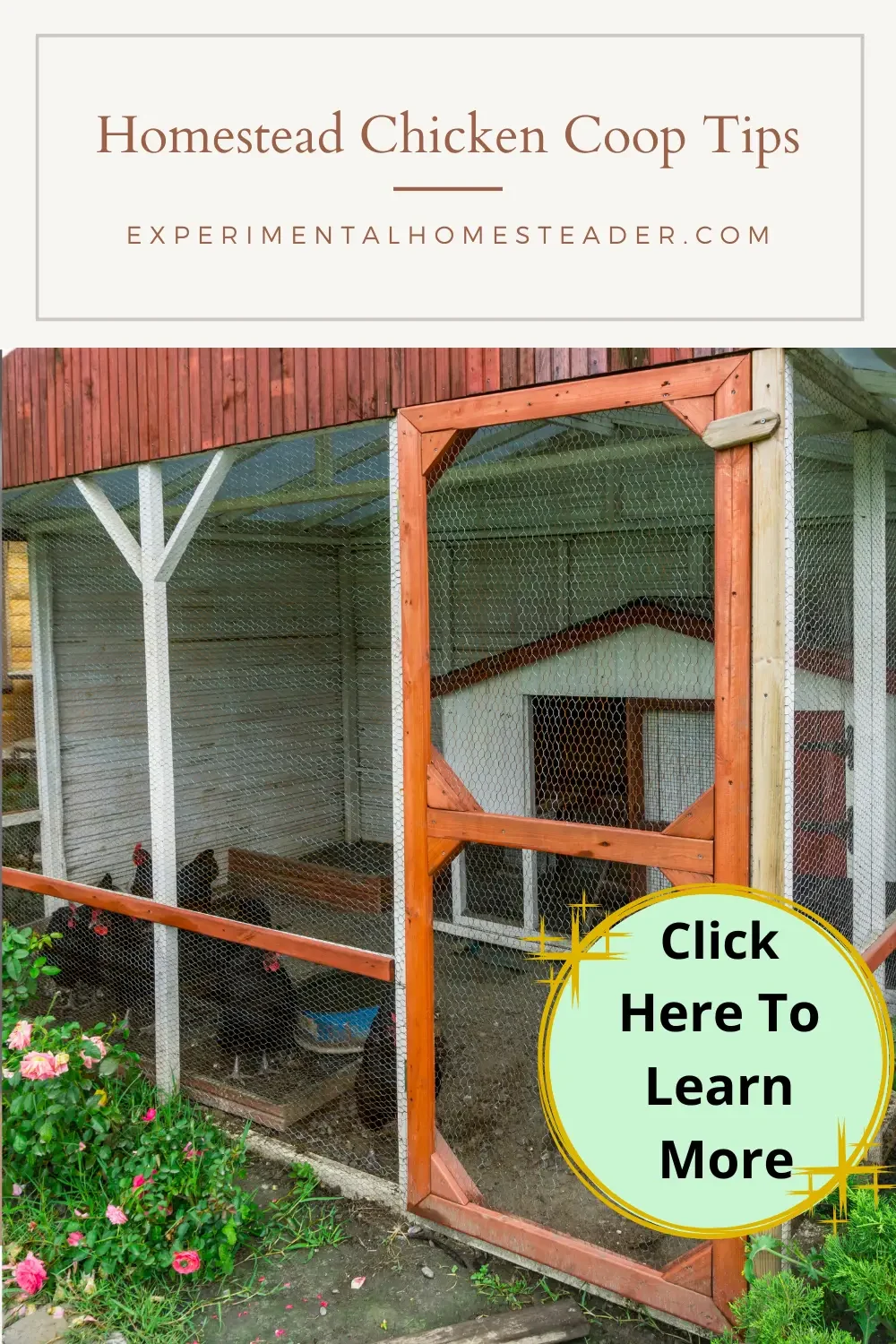
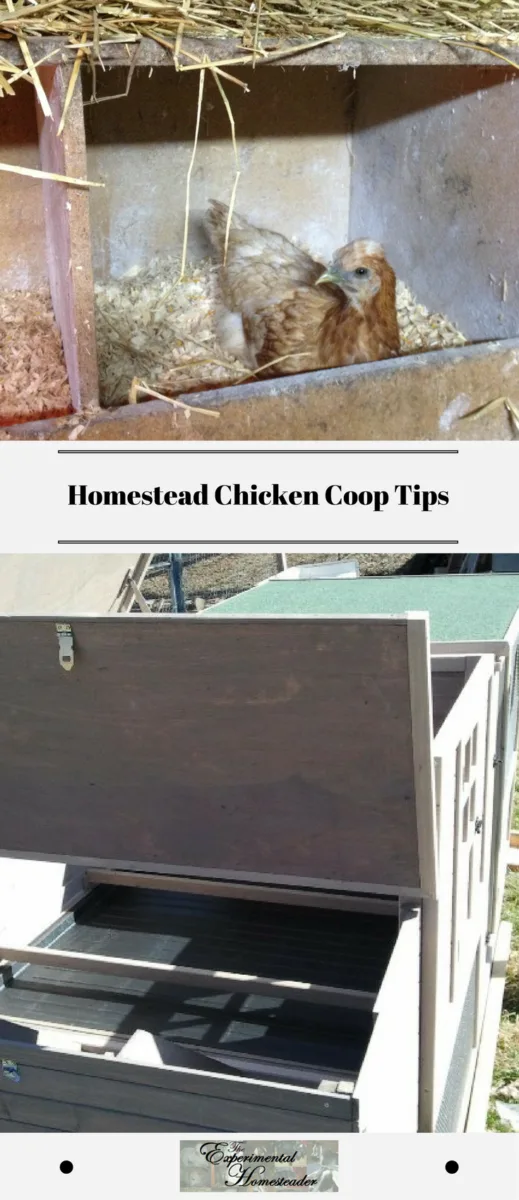
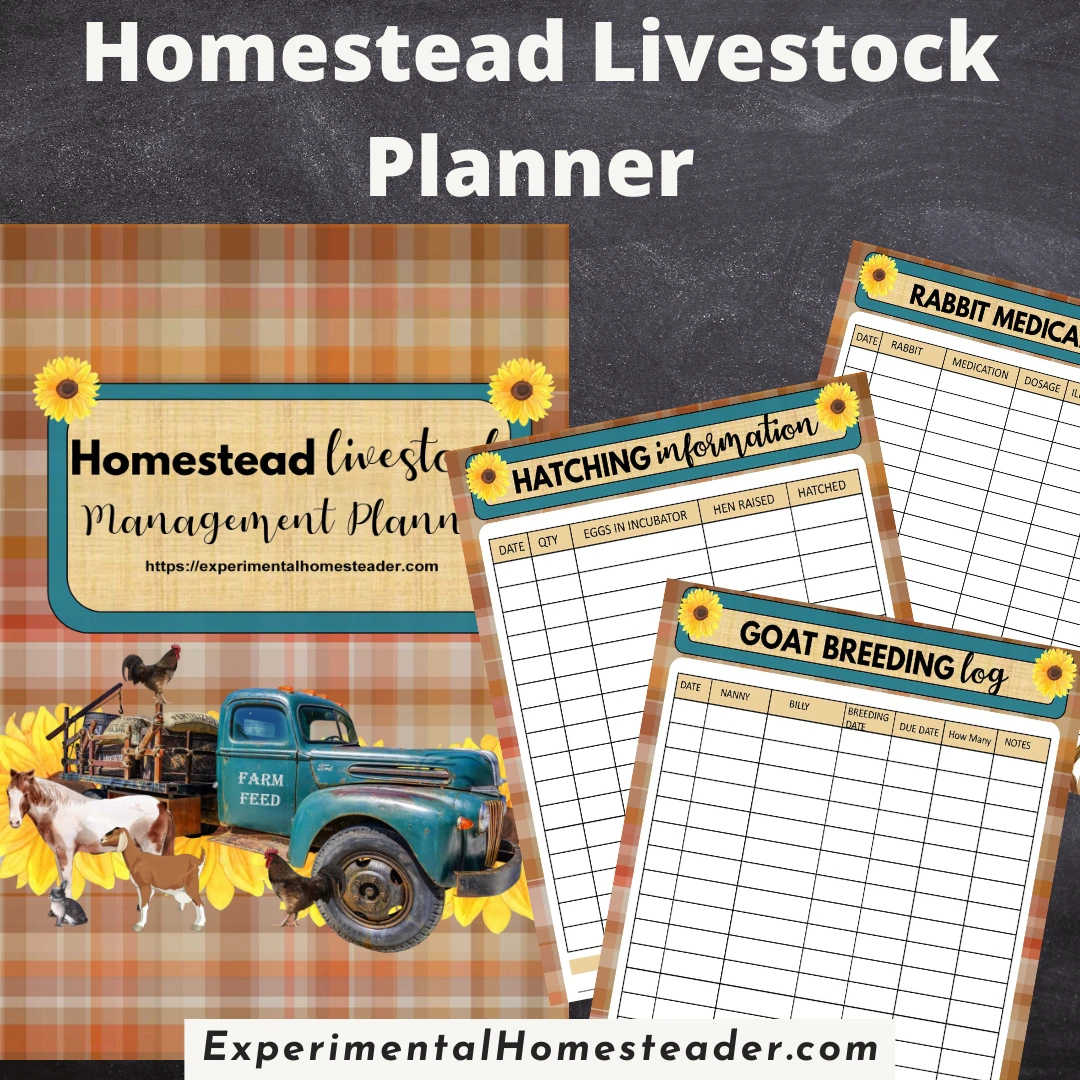
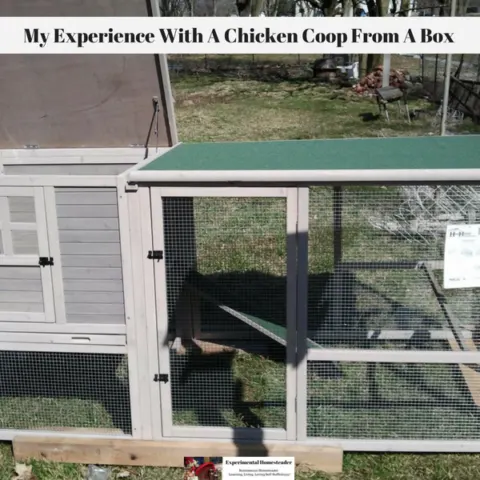
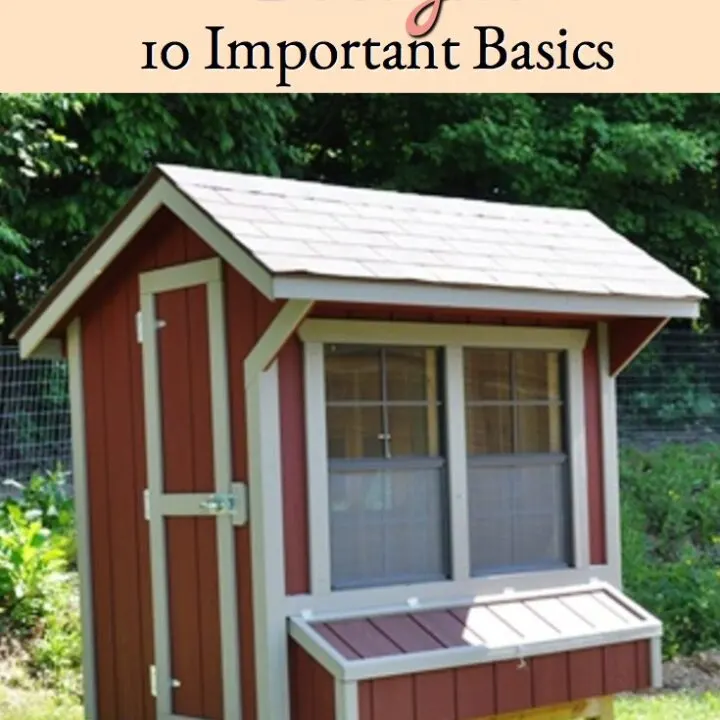



Nikki N.
Wednesday 5th of April 2023
This is very I formational. I guess my biggest investment would be the coop itself.
Sheri Ann Richerson
Wednesday 5th of April 2023
@Nikki N., thank you! Yes, the biggest investment would be the chicken coop. Most farm stores require that you buy six chicks at once - or at least I think that is how many you have to buy now, so that is an investment, but the coop will cost quite a bit more. You can make one or convert an old shed or other similar building. Just make sure whatever you choose that it is predator proof. I also discourage the use of heat lamps in chicken coops. It's just not safe!
Mark Henry
Monday 4th of December 2017
Nice..keep posting.
Sheri Ann Richerson
Monday 4th of December 2017
Thank you!